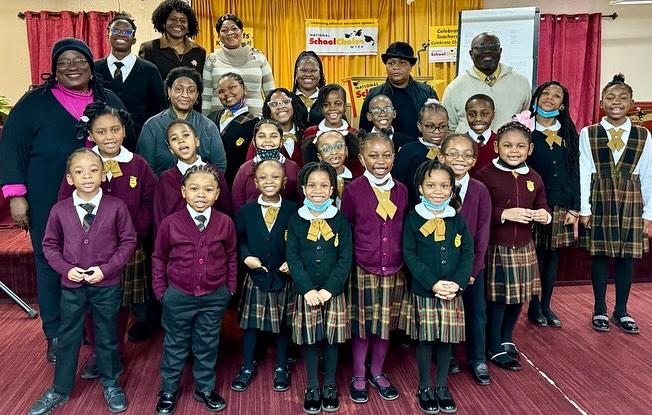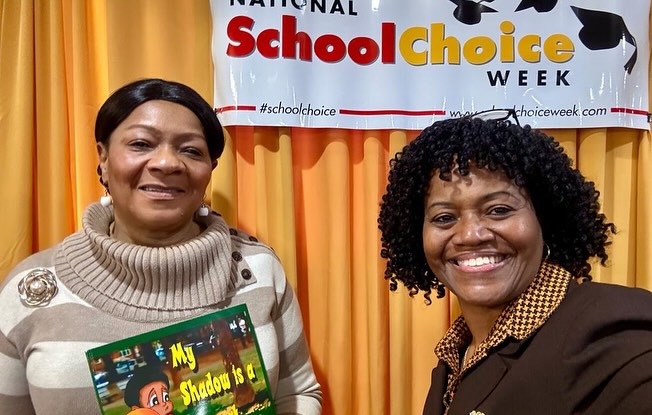How Poetry Enhances Phonemic Awareness
In the realm of literacy education, phonemic awareness stands as a foundational skill. It involves recognizing and manipulating the individual sounds (phonemes) in spoken words, a critical precursor to reading and spelling proficiency. While various instructional methods can bolster phonemic awareness, poetry emerges as a particularly powerful and engaging tool. This blog explore the multifaceted ways poetry enhances phonemic awareness, supported by research and practical examples.
Understanding Phonemic Awareness
Before exploring the connection between poetry and phonemic awareness, it's essential to understand what phonemic awareness entails. Phonemic awareness is the ability to hear, identify, and manipulate individual sounds in spoken words. It is a subset of phonological awareness, which includes recognizing larger units of sound such as syllables and rhymes. Phonemic awareness is crucial because it directly correlates with the ability to decode words while reading.
The Unique Qualities of Poetry
Poetry's distinct characteristics make it an ideal medium for developing phonemic awareness:
1. Rhythm and Rhyme: Poems often have a rhythmic structure and rhyming patterns, which draw attention to the sounds of words.
2. Alliteration and Assonance: The use of repetitive consonant sounds (alliteration) and vowel sounds (assonance) helps highlight phonemic patterns.
3. Playful Language: Poetry often uses playful and imaginative language, making phonemic exercises enjoyable and engaging for children.
4. Repetition: The repetitive nature of many poems. reinforces sound patterns, aiding memory and recall.
How Poetry Enhances Phonemic Awareness
1. Highlighting Phonemic Patterns : Poetry's rhythmic and rhyming structures naturally emphasize the phonemic patterns within words. For example, in a simple nursery rhyme like "Twinkle, Twinkle, Little Star," the repeated "tw" and "k" sounds help children focus on these specific phonemes. This repetition and pattern recognition are critical for developing phonemic awareness.
2. Engaging and Motivating Learners : Poetry's playful and often narrative nature can captivate young learners' attention. Engaging content motivates children to participate actively in phonemic activities. According to research by Dr. Timothy Shanahan, poetry can enhance students' engagement with language, making them more likely to practice phonemic skills.
3. Facilitating Phonemic Manipulation : Many poems and rhymes encourage children to manipulate sounds within words. Activities such as changing initial sounds to create new words (e.g., "cat" to "bat" or "sat") are common in poetic exercises. These manipulations help solidify the understanding of how sounds function within words, a crucial aspect of phonemic awareness.
4. Supporting Memory and Recall : The repetitive and rhythmic nature of poetry supports memory retention. Children are more likely to remember and recall sound patterns from poems, which reinforces their phonemic skills. A study by Dr. Helen Teague found that children exposed to repetitive rhyming patterns showed improved phonemic awareness compared to those who did not engage with such material.
5. Providing a Multisensory Experience : Poetry often involves auditory and visual elements, creating a multisensory learning experience. Listening to poems, clapping to rhythms, and visualizing patterns, enhance phonemic awareness through multiple sensory pathways. This multisensory approach aligns with findings by Dr. Louisa Moats on the benefits of multisensory literacy instruction.
Practical Strategies for Using Poetry to Enhance Phonemic Awareness
1. Incorporate Nursery Rhymes : Introduce young learners to classic nursery rhymes. Their simple, repetitive structures are perfect for highlighting phonemic patterns. Encourage children to clap or tap along with the rhythm to reinforce the sound structures.
2. Create Alliteration Poems : Engage children in creating their own alliteration poems. Start with a simple prompt, such as "Silly Sally swiftly sipped sweet soda." This activity draws attention to initial sounds and helps children practice phonemic manipulation.
3. Rhyming Activities : Use poems with strong rhyming patterns for rhyming activities. Ask children to identify and generate rhyming words, enhancing their ability to recognize and produce phonemic patterns. Poems like "Hickory Dickory Dock" are excellent for this purpose.
4. Sound Manipulation Games : Incorporate games that involve sound manipulation within the context of poetry. For instance, read a poem aloud and then ask children to change the initial sound of certain words to create new ones. This playful exercise reinforces phonemic manipulation skills.
5. Multisensory Engagement : Use multisensory techniques to engage children with poetry. Encourage them to draw pictures representing the rhymes or act out the poems. These activities connect phonemic patterns to physical actions and visual representations, enhancing memory and understanding.
Poetry's unique blend of rhythm, rhyme, alliteration, and playful language makes it a powerful tool for enhancing phonemic awareness. By highlighting phonemic patterns, engaging learners, facilitating sound manipulation, supporting memory and recall, and providing a multisensory experience, poetry can significantly contribute to the development of foundational literacy skills. Educators and parents can harness the power of poetry to create a rich, enjoyable, and effective phonemic awareness curriculum, setting the stage for lifelong reading and spelling success.
REFERENCES
Shanahan, T. (n.d.). Using Poetry to Teach Reading. Retrieved from [Shanahan on Literacy (https://shanahanonliteracy.com/blog/using-poetry-to-teach-reading).
Teague, H. (n.d.). The Power of Poetry in Teaching Phonemic Awareness. Retrieved from [Reading Rockets](https://www.readingrockets.org/article/importance-poetry-reading- instruction).
Moats, L. (n.d.). Multisensory Instruction in Literacy Education. Retrieved from [Reading Rockets](https://www.readingrockets.org/article/multisensory-instruction-literacy- education).


